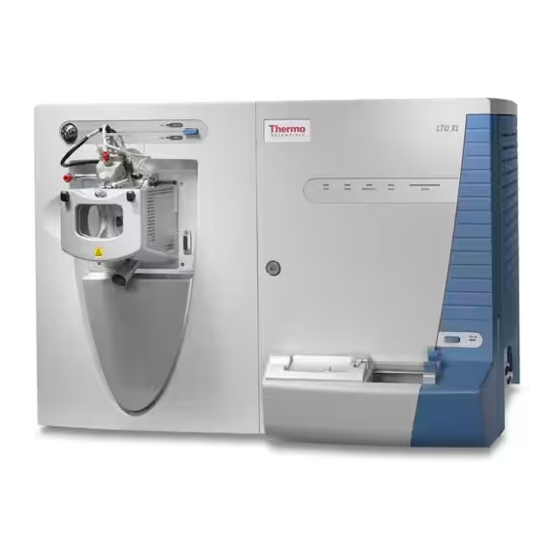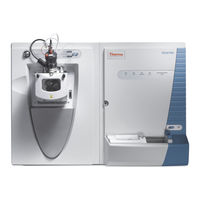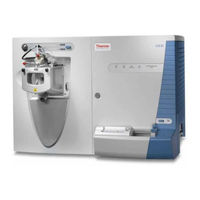
Thermo Scientific LTQ XL Ion Trap Mass Manuals
Manuals and User Guides for Thermo Scientific LTQ XL Ion Trap Mass. We have 3 Thermo Scientific LTQ XL Ion Trap Mass manuals available for free PDF download: Getting Started, Hardware Manual, Getting Started Manual
Thermo Scientific LTQ XL Hardware Manual (174 pages)
Brand: Thermo Scientific
|
Category: Laboratory Equipment
|
Size: 12.42 MB
Table of Contents
Advertisement
Thermo Scientific LTQ XL Getting Started (176 pages)
Brand: Thermo Scientific
|
Category: Laboratory Equipment
|
Size: 11.77 MB
Table of Contents
Thermo Scientific LTQ XL Getting Started Manual (74 pages)
LTQ Series
Brand: Thermo Scientific
|
Category: Laboratory Equipment
|
Size: 3.89 MB
Table of Contents
Advertisement


